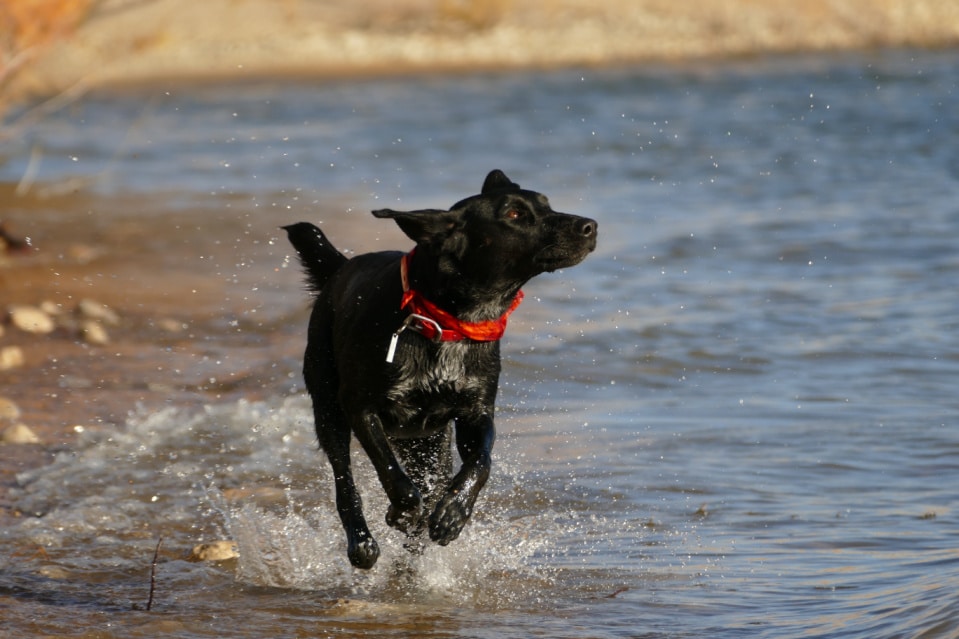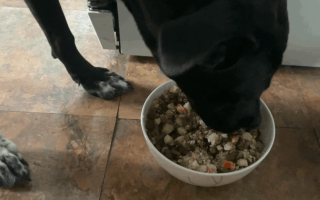Here’s everything you need to know about Labs and running with useful tips to prepare them for achieving long distances. A Labrador run speed can vary depending on their age, size, and breed. In general, a Labrador Retriever is one of the fastest dog breeds around.
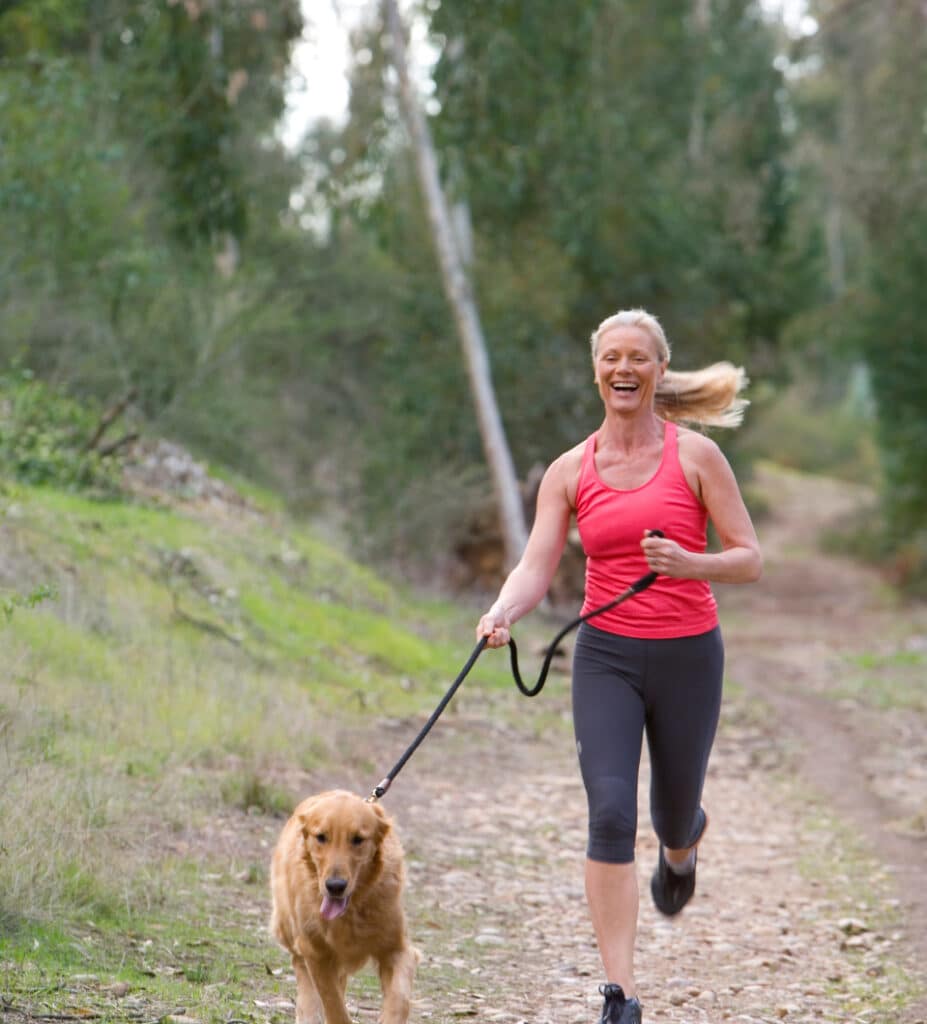
Labradors are great running companions that can help you reach your goals and stay motivated. Whether you are a Lab owner or you’re planning on getting a Lab soon, this article will come in handy.
There’s nothing wrong with training your dog to keep it in good shape and in optimal health conditions. But there are a few things you should have in mind if you want your Lab to reach 14-18miles an hour, which is their average speed. Things like hydration, safety, weather conditions, and socializing all play major roles in your dog’s performance. The most important thing before engaging in any training program. Both alone or with a professional dog trainer, is to ensure your dog is in perfect condition.
These considerations, among other important factors, can affect your Lab’s health and results when starting to train them for running. If you’re interested in learning more about this topic and knowing about useful tips and tricks to make the process easier and smoother below you can find detailed information about this so you can see the bigger picture and assess your and your dog’s situation from all perspectives.
Are Labradors Good Running Buddies?
Overall yes, Labs are good running companions, they are after all a gun dog breed, but this depends on various factors. To begin, although they known for being great fitness pairs, you can’t expect a Labrador (or any other dog) to run long distances all of the sudden thus they need time and proper training to achieve this goal.
The age of your Lab also plays a major role in their ability to keep up with your running rhythm, with older dogs struggling more than younger ones, as well as the health of your Labrador. If you wish to start running with your dog, you wait at least until your Lab is older than 10 months to a year; this is first to allow your puppy to develop safely and reduce the risks of injury, and second.
Puppies with weight gain and heart conditions are very likely to not achieve the long runs you might want to take them for. Other conditions such as elbow and hip dysplasia. Which are very common among dogs, can also affect your Lab’s running time and durability. Therefore it is extremely important to keep close attention to any symptoms and take your Lab regularly for vet check-ups
How Fast Can Labrador Run?
On average, Labradors have a running speed of 14-18 miles per hour and a sprint speed of about 35 miles per hour. These estimated numbers depend on the factors mentioned above as well as some of the following.
The weather can also play a key role in your dog’s speed and performance, and high temperatures. Very cold days can affect your Lab’s distance covered as well as heavy rain and snow. Labradors are not like Huskies, who are a snow-running breed, nor a German Shepherd who can sprint like no other breed. Labs are great for long distances if properly trained and prepared. Therefore below you can find the ultimate tips to achieve this effortlessly and while taking care of your lovely pet.
Ultimate Tips To Prepare Your Lab
Go To The Vet
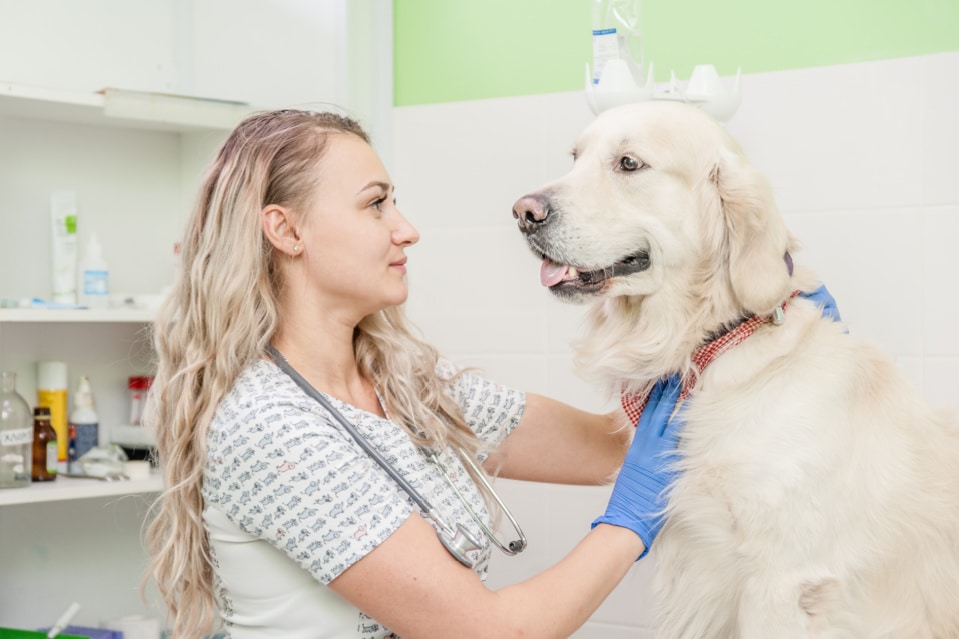
Before the actual training part begins. You must assess your Lab’s fitness and health to determine what course of action to take. There’s no better way to know than to take it to a professional. A common outcome of this results in many puppies being overweight. Which Labs are very likely to become at some point in their lives, and owners need to cut down their dog’s food intake first and once this has been solved, begin the training process.
Although many people might think of running as a form of exercise, in overweight Labs it can damage their joints and legs. Because of the weight pressing down when they run, which can later cause tougher problems. When Labrador run it gives health benefits and builds stamina for longer races.
Start Small
As with humans, dogs can’t run a full marathon from one day to the next. Therefore before going crazy and spending a million hours forcing it to run alongside you. First, you should determine if you want a sprint buddy or a long-distance running companion.
After deciding, you can begin training by slowly walking a few miles with your Lab and occasionally running a few laps. If you train your Labrador daily and consistently while maintaining a good diet and looking after its health. In a short time you can have your own long-distance companion ready to hit any marathon you’d like.
The key element in this last point is to gradually add more laps or running time. Once you see your dog fully adjusted to the routine. Also, understand how big can a labrador will be.
If you want to get the most out of your training program and help your dog achieve a healthy weight and run long distances. It is important to let them socialize for a while too. This means that although training is very important, don’t forget that Labs are a sociable breed. That they are more likely to follow your indications if they are happy and in a good environment.
Furthermore, this will help your dog respond to your command. When you call it as well as obey you when you need them to. Keeping a Lab away from the world will only make them sadder and prone to develop aggressive behaviours. Which is the complete opposite of what you want since you’re reading this article.
Use A Leash
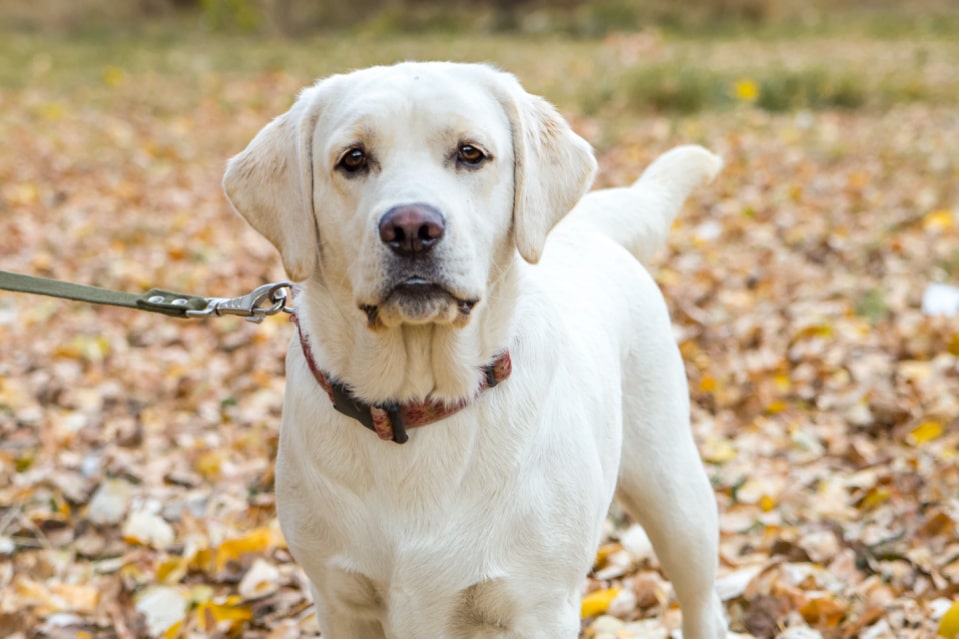
Especially if it is the first time that you run with your Labrador. Some dogs are great at keeping close to their owners but others get too distracted and can run off in random directions, risking them getting hurt or accidentally running over someone (if you’re training your dog in a park with a lot of kids around this can become very dangerous thus you wouldn’t want your dog to accidentally jump over a little child).
It is recommended that you keep your Lab’s leash at least until you are further advanced with its training and you’re sure it. Will not run to the street or any other direction. Furthermore, investing in a harness is a great option to ensure your dog can run with a leash. Without the risk of getting hurt or choked by normal collars when running at high speeds.
Hydrate
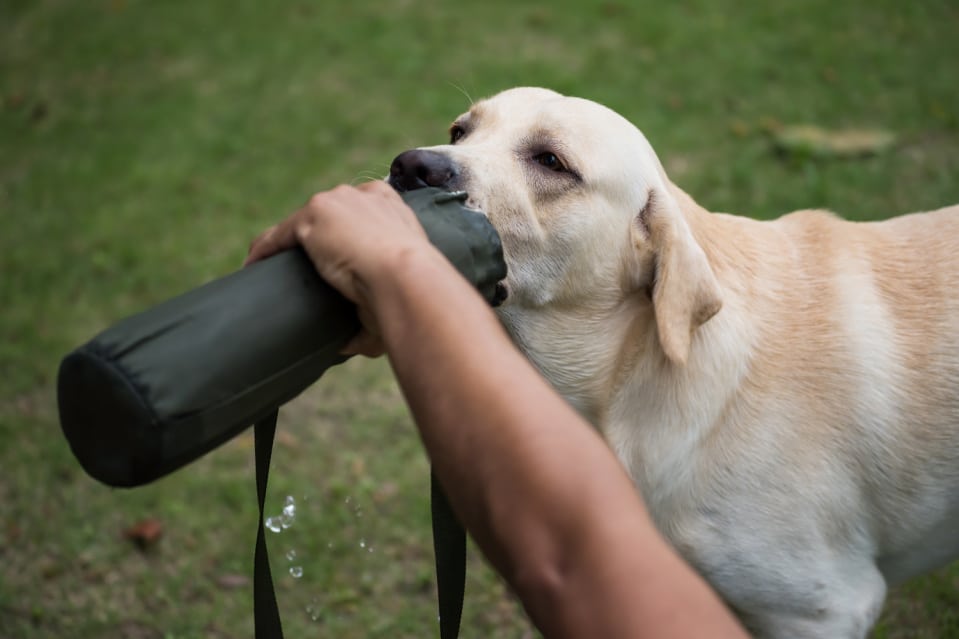
The most important part of training your labrador to run is to keep it hydrated throughout every session to prevent them from dehydration. Which is no joke thus it can cause organ failure and possible death. Labs are not able to communicate when they want to drink water so please make sure to constantly check on them and offer some. Keeping a water bottle with you at all times will ensure a great and smooth process.
If you suspect your dog dehydrated the best thing to do is to take it to the vet immediately. And let a professional assess the situation. Watch out for extremely hot days when you take your dog out for a run and try to avoid them at any cause. Cold days are less likely to provoke dehydration in a dog. But it is always recommendable to keep an eye on them while engaging in vigorous activity.
When taking your Lab for a run or a long walk, consider the distance to your home to prevent your dog from suffering fatigue. Especially if you can’t carry them back to your house by yourself.
The Bottom Line
Labradors are a breed made for long-distance running, and if you want to train your dog to reach your running goals. As well as to have a lovely little running buddy. The tips and points exposed above will come in handy.
A good thing to also have in mind is knowing when to stop a training session due to your dog’s fatigue, especially if you’re on difficult trails or very long routes. If you overwork your dog, it can result in developing many health conditions that are not good for them. To avoid this, pay close attention to when your dog starts to whine, cry out and sit in the middle of the path. Take a moment to let them catch their breath and offer them water.
Following the suggestions explained in the article can help you train your dog properly and healthily. As well as shape your dog to become an exceptional running buddy that can always be by your side.

